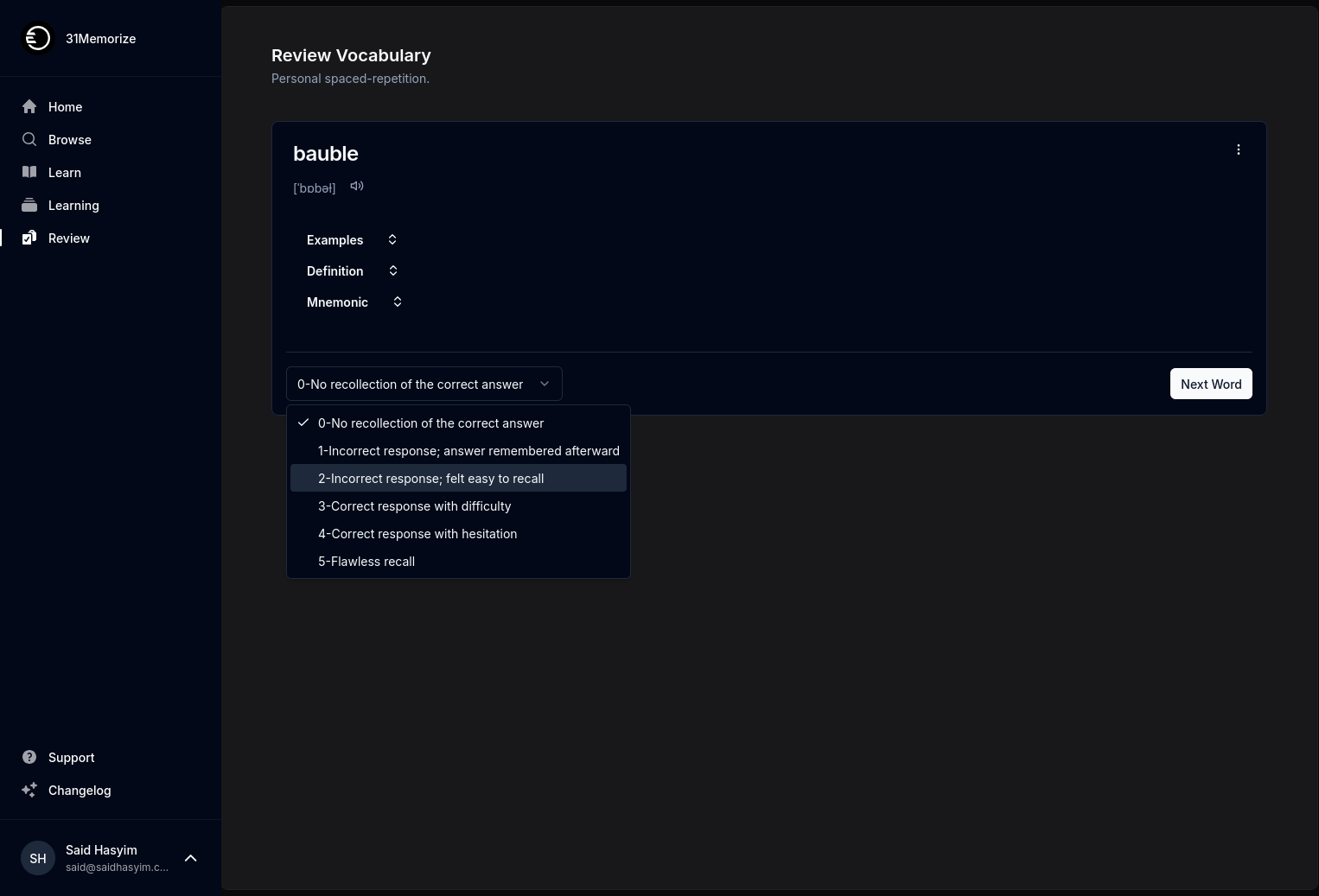Fostering a Following with Book Reviews
In our fast-paced digital world, standing out as a writer requires innovation, authenticity, and engagement. One of the most powerful tools at your disposal is the humble book review. Not only does reviewing books allow you to express your passion for literature, but it can also help you cultivate a loyal following. In this blog post, we explore the art of book reviewing and how it can elevate your online presence and foster a dedicated readership.
The Value of Book Reviews
Sharing Insights
Book reviews are an excellent way to share your insights and analyses of various texts. Your unique perspective can enhance the understanding of a book for others, sparking conversations and creating a sense of community among fellow readers. When people discover that your reviews resonate with their opinions or offer new insights, they are more likely to seek you out for future recommendations.
Building Authority
Consistently providing thoughtful and well-written book reviews allows you to establish yourself as an authority in the literary world. This credibility can attract not only readers but also authors and publishers who may turn to you for partnerships, collaborations, or guest blogging opportunities. Your expertise will shine through your reviews, inviting engagement and expanding your influence.
Engaging with Fellow Readers
Book reviews provide a platform for connection. When you publish your thoughts on a particular book, you open the door for discussions. Readers may leave comments sharing their interpretations, disagreements, or favorite quotes, creating an interactive environment. Engaging with these readers fosters a sense of community and encourages them to return to your platform for future insights.
Crafting the Perfect Review
Be Authentic
Your voice is your brand. When writing book reviews, be yourself and let your personality shine through. Authenticity will resonate with readers and foster a genuine connection. Instead of sticking strictly to academic language or formality, feel free to inject your sense of humor, emotion, and personal anecdotes. This conversational tone can make your reviews feel more relatable and human.
Structure Matters
A well-structured review can enhance clarity and comprehension. Consider the following elements when crafting your reviews:
Introduction: Briefly introduce the book, including the title, author, and any relevant context (genre, publication date, etc.).
Summary: Provide a succinct overview of the plot, avoiding major spoilers. This helps readers understand the premise without revealing critical twists.
Analysis: Dive into the themes, character development, writing style, and other critical components that made an impact on your reading experience. This is where you can provide your personal insights.
Conclusion: Wrap up your review with a clear recommendation. Indicate who you think might enjoy the book, and provide your rating if you choose to do so.
Be Constructive
When critiquing a book, aim to be constructive. While it’s fine to express disappointment with a plot twist or a character arc, provide reasoning and constructive feedback. This approach is valuable for the author and respectful to other readers who may cherish the same book. Remember, your goal is to foster a community of open discussions rather than perpetuate negativity.
Creating an Engaging Platform
Choose Your Medium
You have a plethora of platforms to choose from when sharing your book reviews. Whether it’s a personal blog, social media, or a YouTube channel, choose a medium that best reflects your personality and resonates with your audience. Here are some popular options:
Blogging: A traditional approach that allows for in-depth analysis. Utilize SEO strategies to attract more readers.
Social Media: Platforms like Instagram, TikTok, and Twitter (or X) offer unique formats to share quick reviews, engage with readers, and attract a following through visually appealing content.
YouTube: A vibrant community for book lovers where you can provide visual content, including discussion videos, challenges, and book hauls, alongside your reviews.
Consistent Content Creation
Consistency is critical in building a following. Regularly posting reviews, whether weekly or bi-weekly, keeps your audience engaged and encourages them to return for more. Create a content schedule that you can realistically adhere to, ensuring that you maintain quality without overwhelming yourself.
Promoting Your Reviews
Utilize Social Media
Once you've written your review, don’t forget to share it! Use engaging visuals or quotes from the book to draw attention. Hashtags can help your content reach a broader audience. Engage with the book community online by participating in discussions, joining reading challenges, and collaborating with other reviewers.
Network with Other Readers
Establishing connections with fellow book reviewers, authors, and literary bloggers can foster community. Sharing each other's work, participating in buddy reads, or co-hosting a book club can expose you to new audiences while paving the way for rich collaborations in the future.
Leverage LinkedIn and Medium
If you're aiming to establish a more professional reputation, consider posting on platforms like LinkedIn or Medium. This approach allows you to connect with a different audience while reinforcing your authority in literary circles.
Conclusion
Fostering a following through book reviews is not just about sharing your thoughts; it’s about creating a community of like-minded individuals who are passionate about literature. When you approach each review with authenticity, structure your insights thoughtfully, and engage with your readers, you create an inviting space for discussion and connection.
So grab that book on your nightstand, jot down your thoughts, and start sharing! Your perspective matters, and the readers of the world are waiting to engage with you.
